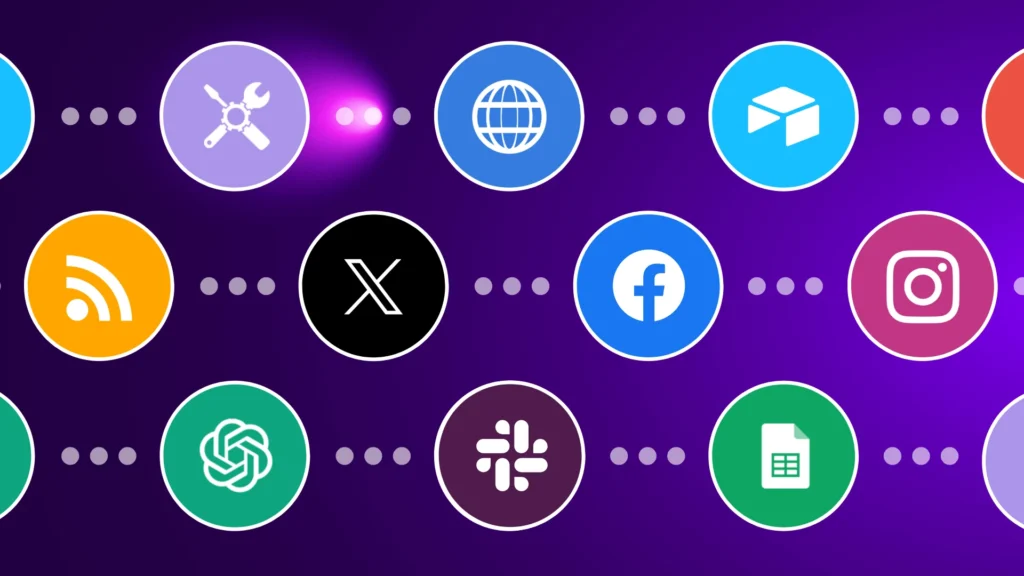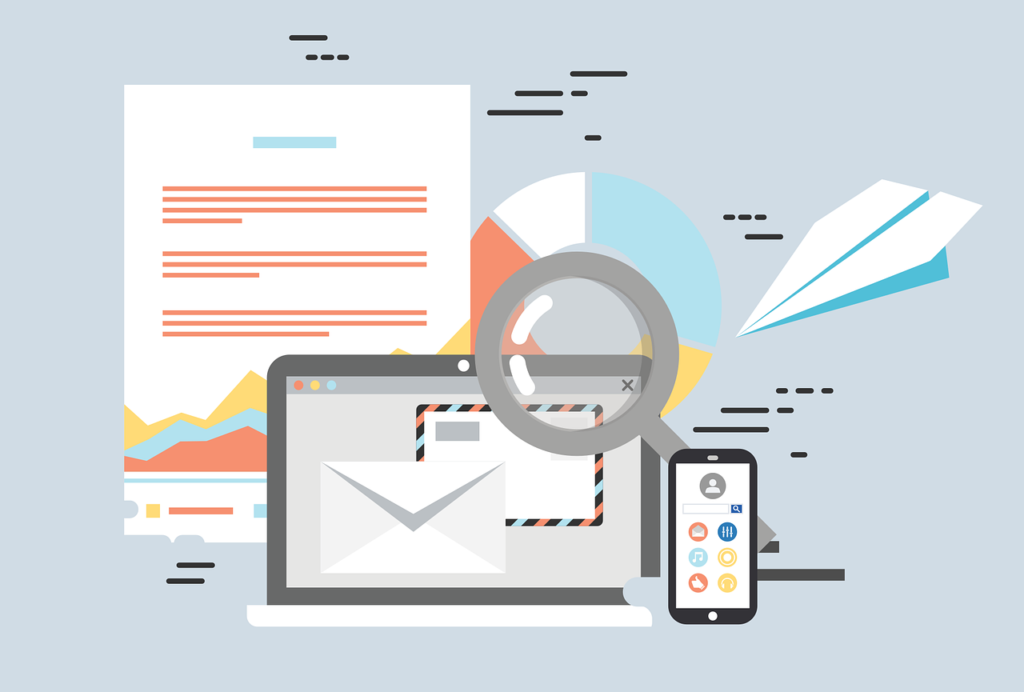Imagine streamlining your marketing tasks, saving countless hours, and gaining valuable insights – all without lifting a finger (well, maybe a few clicks). That’s the magic of marketing automation.
In essence, marketing automation uses software to automate repetitive tasks across your marketing channels. This frees you up to focus on strategic initiatives and higher-level thinking. But what exactly can you automate? Buckle up, because we’re diving into 7 powerful marketing automation examples you can implement today:
1. Nurturing Facebook Leads with Emails: Did someone just download your lead magnet on Facebook? Don’t let them disappear into the social media abyss! Set up an automated email sequence to welcome them, provide valuable content relevant to their download, and nurture them towards becoming a customer. This could involve a series of emails spread out over a few weeks, offering educational content, exclusive discounts, or invitations to webinars.
2. Tracking Google Ads Conversions: Stop guessing and start knowing! Marketing automation can track conversions from your Google Ads campaigns, giving you crucial data on what keywords are generating leads, which landing pages are converting the best, and how much each conversion costs. Use this data to optimize your campaigns for better results and maximize your return on investment (ROI). You can even set automated alerts to notify you of any significant changes in performance, allowing you to react quickly and adjust your strategy as needed.
3. Sending Google Analytics Reports to Slack: Say goodbye to manually pulling reports and scrambling to decipher complex dashboards! Schedule automated reports from Google Analytics to be delivered straight to your Slack channel. This keeps your entire team informed on key metrics like website traffic, user engagement, and lead generation. Imagine the discussions and brainstorming sessions that can spark from having the latest data readily available within your team communication platform.
4. Automating Email List Building: Growing your email list is essential for effective marketing. Marketing automation can capture email addresses whenever someone signs up for your newsletter, downloads an ebook, or registers for a webinar. You can even personalize the signup process by offering different lead magnets based on the visitor’s interests or the content they’re accessing. This targeted approach allows you to build a more qualified email list, leading to better engagement and higher conversion rates.
5. Capturing Event Attendees and Adding Them to Your CRM: Stop wasting time manually entering attendee information after a tradeshow or conference. Let automation capture registrations from your event management platform and add them directly to your CRM. This ensures you have a qualified list of leads to follow up with after the event, complete with their contact information and any specific interests they expressed during registration. Marketing automation can even personalize the follow-up emails based on the sessions they attended, further nurturing their interest and building stronger relationships.
6. Saving Facebook Posts to a Google Sheet: Don’t get lost in a sea of vanity metrics! Automate the process of saving your Facebook post data (likes, comments, shares, reach) to a Google Sheet for easy analysis. This allows you to identify your top-performing content, understand what resonates with your audience, and tailor your Facebook strategy accordingly. Imagine being able to see at a glance which types of posts generate the most engagement, empowering you to create more of that content and maximize your social media impact.
7. Monitoring Your Competitors’ Instagram Performance: Knowledge is power, especially in the competitive world of social media. Use marketing automation tools to track your competitors’ Instagram activity, including their follower growth, engagement rates, the types of content they post, and the hashtags they use. Learn from their successes (and failures) to refine your own Instagram strategy. You can identify trends and content formats that are resonating with your target audience and adapt your approach to stay ahead of the curve.
Conclusion: Your Marketing Automation Journey Begins Now
These are just a few examples of how marketing automation can revolutionize your marketing efforts. The possibilities are truly endless! By automating repetitive tasks, you’ll gain precious time to focus on what matters most – crafting compelling marketing campaigns that drive results, analyzing data to understand your audience better, and building stronger relationships with your customers.
So, where do you begin? Start by identifying the most time-consuming tasks in your marketing workflow. These are prime candidates for automation. Research marketing automation platforms and choose one that best suits your needs and budget. With a little planning and effort, you can leverage the power of automation to take your marketing to the next level. Remember, marketing automation is a journey, not a destination. As you gain experience and explore the capabilities of your chosen platform, you’ll discover even more ways to streamline your workflow and achieve your marketing goals.

